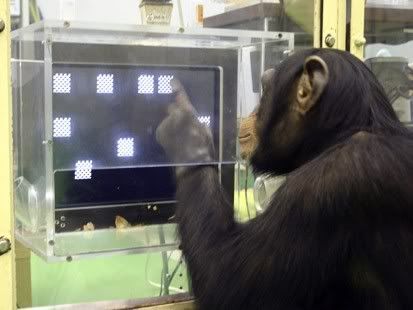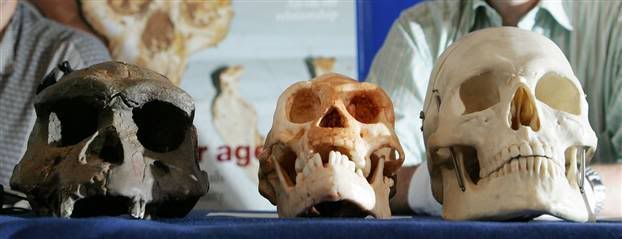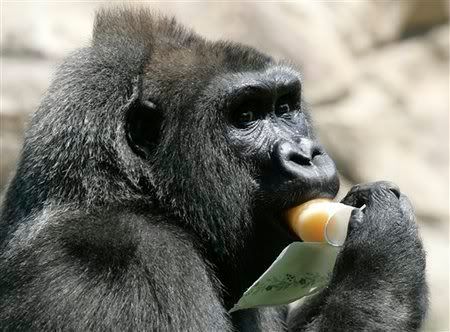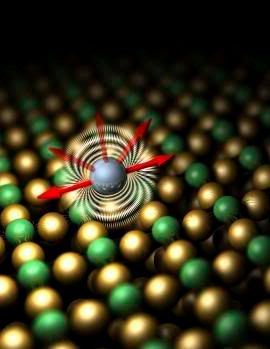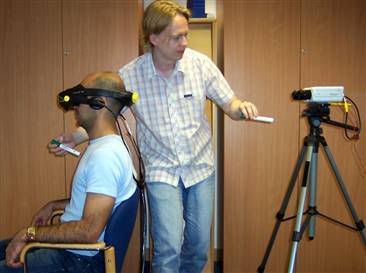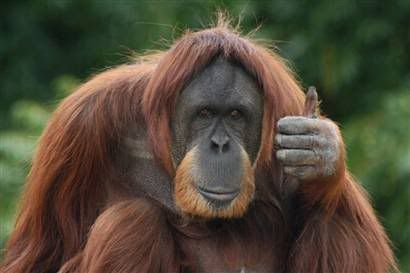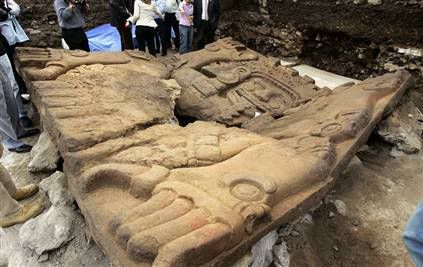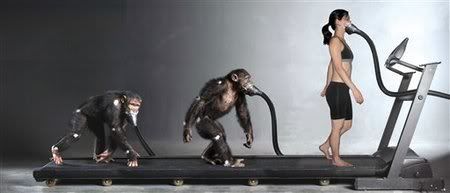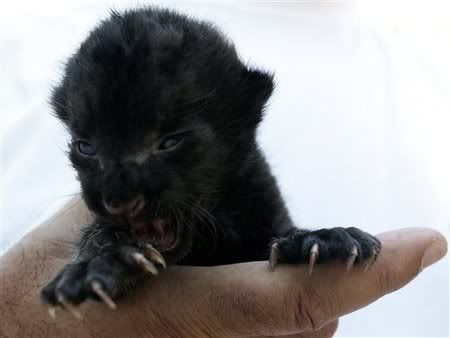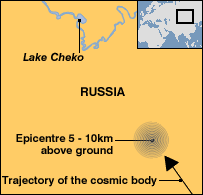"From where pilot Joseph Kittinger was standing at the limit of the earth's atmosphere, there was only the deep black of space above him merging into a vivid blue below.
Beneath his feet, the curvature of the Earth and the sands of New Mexico were clearly visible. The Sun burnt brightly, far more brilliantly than it appeared from the ground.
Looking up through the glass visor on his spacesuit, Kittinger could see only the huge, fragile, gossamer-thin silver balloon towering 200ft over his tiny gondola.
This helium-filled balloon, Excelsior, had taken him to the edge of space, bathed in solar ultraviolet radiation and in temperatures of -70C.
The air pressure was lower than that on the surface of Mars - essentially a vacuum.
At that height, there was no wind, no sound ... nothing.
And then Kittinger took a last look at the tiny gondola and did something unthinkable: he jumped.

From an altitude of 102,800ft, or 20 miles (more than three times the cruising altitude of a commercial airliner or the height of Mount Everest), Kittinger plunged into the void, attaining speeds of more than 700mph as he hurtled towards the earth.
Despite breaking a seal on his spacesuit, he survived, landing gently by parachute 13 minutes and 45 seconds later.
That extraordinary jump on August 16, 1960, broke the record for the highest parachute jump which stands to this day, a daredevil achievement that makes the antics of today's bungee-istes and base-jumpers look like nursery games.
But it may not be a record which stands for much longer.
In New Scientist magazine this week, a bizarre project has been revealed which, if it comes to fruition, will not only see Kittinger's extraordinary and little-known record smashed, but will open up near-space to a new breed of extreme sportsmen and women - people keen to get the ultimate kick by jumping not from 20, but from 30 or even 60 miles above the Earth.
Led by a consortium of extreme sports enthusiasts and entrepreneurs, the project envisages a small unmanned rocket delivering a human cargo to the edge of the earth's atmosphere - a living cargo which will then leap into the void equipped with nothing but a spacesuit and a parachute.

It sounds like dangerous lunacy, but there is method in this madness.
One of the driving forces behind the project is Jonathan Clark, a military parachutist and NASA medic whose wife Laurel was killed in the Columbia Space Shuttle disaster in 2003.
For him, the project is less about creating a new extreme sport (although these ultimate high-dives will be open to anyone with the training and wallet necessary) than advancing the cause of astronaut safety.
For despite the Shuttle disasters, the belief persists that space travel is inherently safe, routine, little more dangerous than going aloft in an airliner.
It is not. Space travel remains an extraordinarily risky venture, nearly four decades after Yuri Gagarin's first flight.
So far, some 460 people have left the Earth's atmosphere, and of those, 22 have been killed either during the flight or in tests - a five per cent fatality rate, far higher than just about any other military or aviation pursuit.
In fact, being an astronaut is statistically about as dangerous as serving on the front line in the heat of battle. And this is something that Clark wishes to change. Developing the ultimate skydive will be, he says, 'a means of providing options for folks in these risky environments'.
The idea is that by developing space-diving as an extreme sport (funded by wealthy thrill-seekers who will pay perhaps hundreds of thousands of dollars to strap themselves to a giant firework and jump off it), a whole new technology will be developed - the space lifeboat.
This could involve a pod with parachutes, or just parachutes for individual astronauts.
Currently, the options available to an astronaut stranded in space aboard a defunct craft are limited.
It is possible in theory to be rescued by another spacecraft, and a lander-craft can dock with the International Space Station, but should problems arise rapidly on ascent, descent or in orbit, there is currently no way of bailing out.
Space entrepreneur Rick Tumlinson has started a company, Space Diver, with Jonathan Clark, to develop this ultimate fairground ride - one of a handful of enterprises in the space tourism business.
Unlike their competitors (including Richard Branson's Virgin Galactic), who will provide passengers with secure, warm and airtight transport for the ride up and down, Space Diver customers will be strapped to the outside of a rocket.
As the rocket reaches maximum altitude it will slow to a halt, before falling back to Earth. At this point its single passenger will jump off - perhaps assisted by a spring - and begin an extraordinary journey back to terra firma.
Thanks to Joseph Kittinger, we have a good idea of what he - or she - can expect.
As he climbed to the gondola step-off platform, Kittinger caught his hand on a piece of metal, breaking the pressure seal and allowing all the air to leak out.
Fortunately, only his hand was exposed to the vacuum of space (a rubber ring around his wrist prevented the rest of his suit from depressurising) but the effect was dramatic - and painful.
Blood pooled in his hand and it swelled to twice its normal size. He chose not to radio ground control, fearing they would order him to abort, and leapt anyway.
At first, apart from the sight of his balloon disappearing rapidly into the sky above him, there was no sense at all that he was moving. At 100,000ft the air is so thin it cannot be felt, or heard, and at this height the ground is coming closer only imperceptibly.
And because of the near-vacuum, there was no air resistance to slow Kittinger down; in a few seconds he reached an estimated speed of 714mph.
After a few minutes, however, the air around the plummeting astronaut thickened significantly, slowing him down dramatically.
It is at this point that the greatest danger occurs; in the 1950s, a secret U.S. project involved firing human-sized dummies into the upper atmosphere and letting them fall.
When they hit the thicker air, they began spinning at speeds of 200 revolutions per minute - easily enough to induce unconsciousness or even death.
Kittinger was able to avoid this fate by using a small stabiliser-chute; Space Diver hopes to use stabilising fins or simply find a way to use the natural body-shape of the space-diver to minimise turbulence.
One possibility is they will be instructed to adopt a head-first, streamlined posture, much like a high diver plunging into a pool.
Hopefully, the end result will be that experienced by Kittinger - a safe and soft landing. After four minutes and 36 seconds he opened his main chute at an altitude of 17,500ft and drifted gently down to the New Mexico desert.
Kittinger was remarkably sanguine about his achievement, and his hand, which he feared may have been permanently damaged, returned to normal after just a few hours.
The next space dive could take place as early as 2009, although the history of private space exploration suggests we can safely add a few years to this date.
Who will be first? Almost certainly Jonathan Clark himself, an experienced parachutist. 'I'm willing to put myself at that risk,' he says.
Just don't let the health and safety brigade hear about this."






